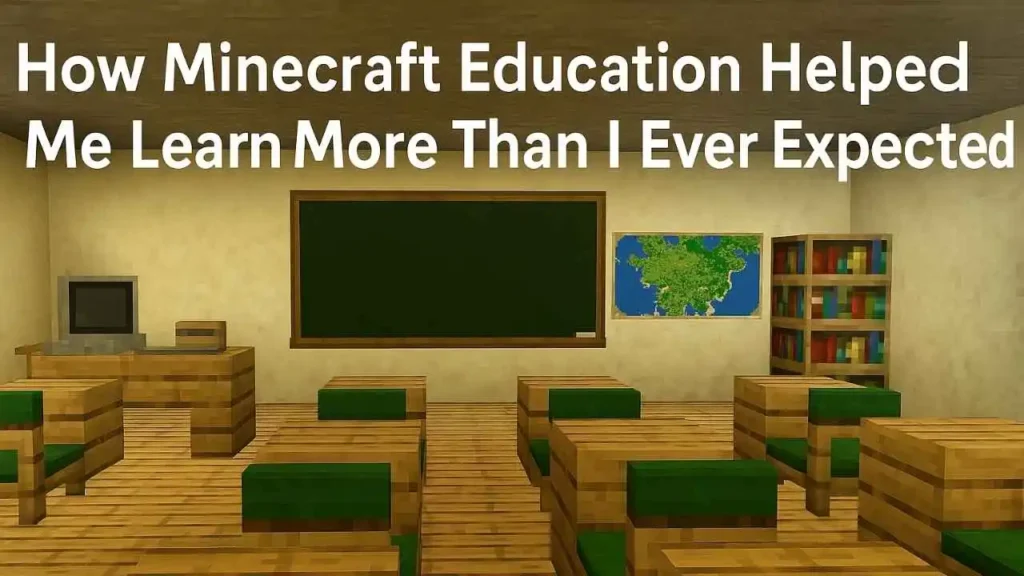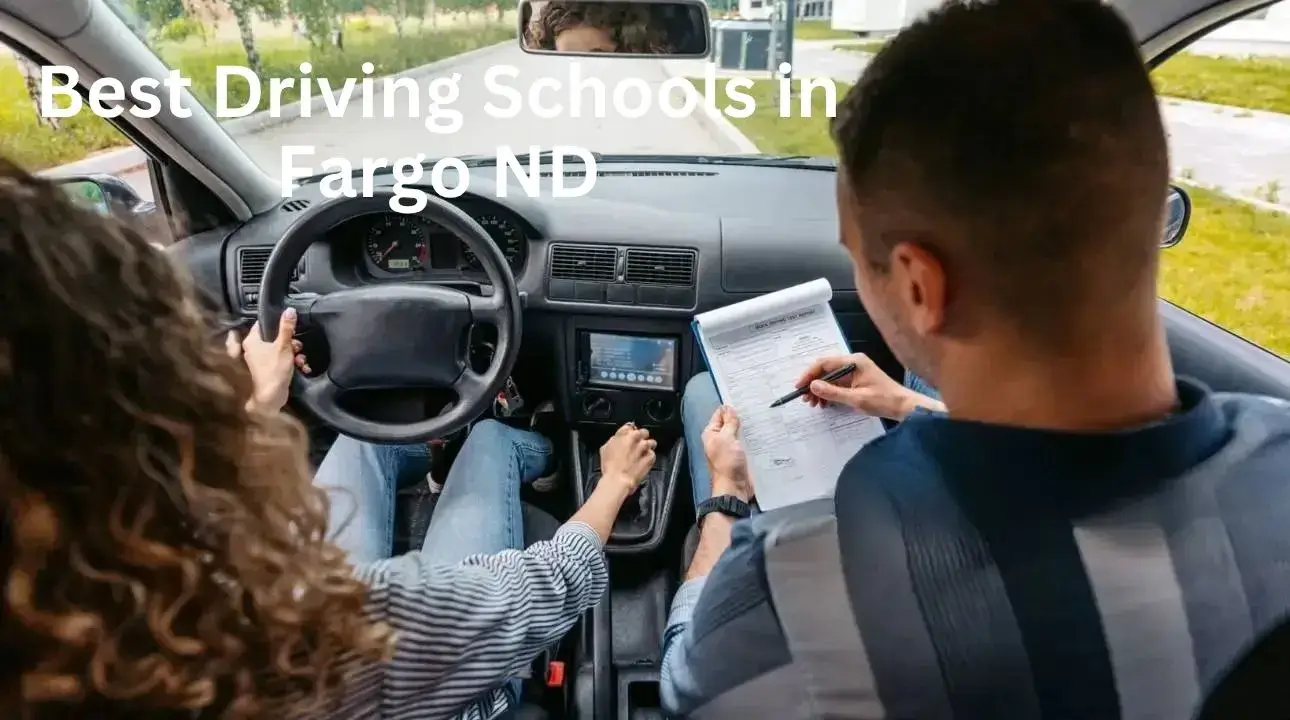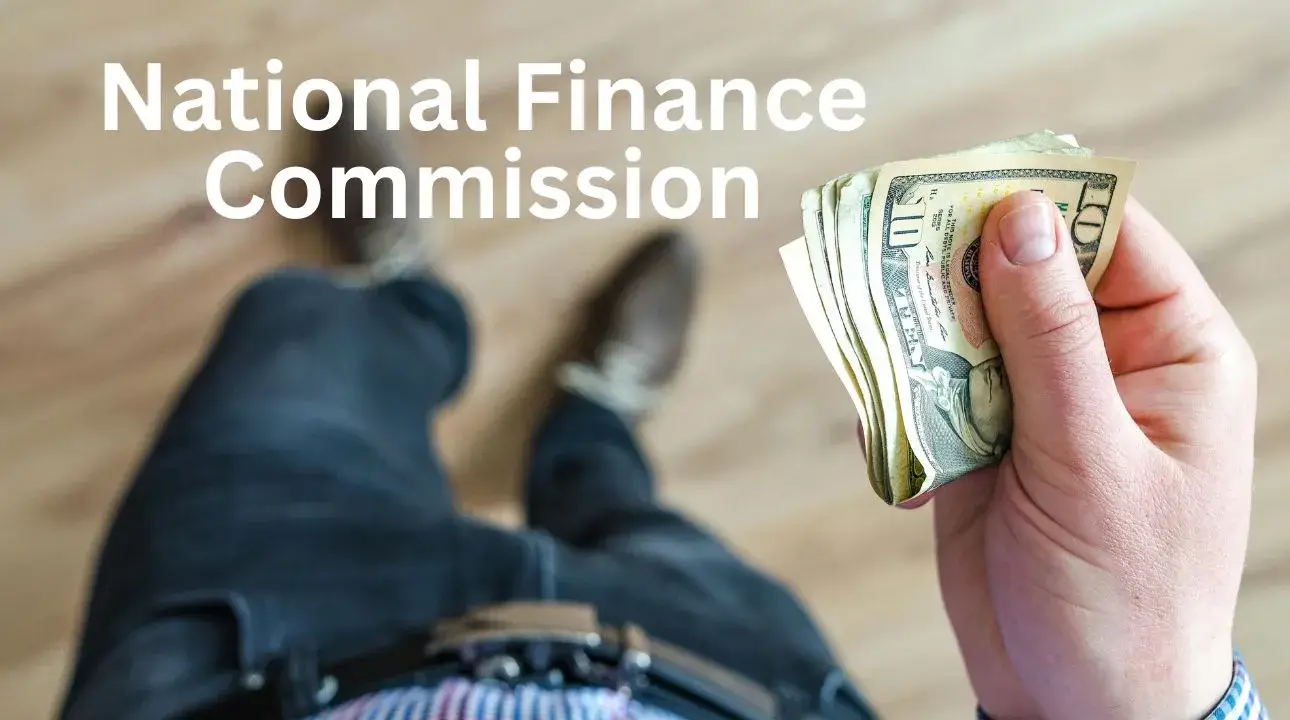Introduction — Learning Never Felt This Fun
If someone told me years ago that I’d be learning math, science, teamwork, and even history inside a video game, I probably would’ve laughed. But here I am — using Minecraft Education not just as a game, but as a full-on learning tool. And guess what? It works. I’ve seen it with my own eyes, used it with kids, explored it in my own time, and I can say this with full honesty: it’s one of the coolest ways to learn in the 21st century.
So today, I’m sharing my experience with Minecraft Education — what it is, why it matters, how it works, and how you or your kids can start using it To learn in a way that feels more like fun than work.
What is Minecraft Education?
Alright, let’s start with the basics. Minecraft Education is a special version of the popular Minecraft game that’s designed for classrooms and learning environments. It’s built by Microsoft and comes packed with features to help students and teachers dive into subjects like math, coding, chemistry, and history — all through interactive gameplay.
It’s not just Minecraft with some lessons thrown in. It’s structured, goal-driven, and backed by actual educational standards. Whether it’s building a model of a plant cell or simulating a historical event, Minecraft Education turns boring lectures into hands-on missions that kids genuinely enjoy.

Why Minecraft Education Matters
Here’s the thing — traditional learning doesn’t work for everyone. Some kids (and even adults) learn better when they do something instead of just reading about it. That’s why Minecraft Education is so powerful. It uses the game’s building blocks and tools to make you actively solve problems and think creatively.
For example, I watched a group of 5th graders build sustainable cities inside Minecraft. They had to think about clean energy, water supply, and recycling — and they were into it. They weren’t just learning from a textbook. They were experiencing the challenges and coming up with their own solutions.
It’s also great for remote learning, especially when kids can’t be in a classroom physically. Teachers can assign tasks, give feedback, and even host virtual lessons inside Minecraft.
Read More > What Do Art Schools Look For in a Portfolio? (Here’s What I Learned)
Key Benefits of Minecraft Education
Let me break down a few major benefits I’ve personally seen while using Minecraft Education:
- It builds real-world skills – Students learn coding, logic, planning, resource management, and teamwork — all while playing.
- It keeps kids engaged – Let’s be honest, kids love Minecraft. So when they’re asked to learn with it, it doesn’t feel like homework.
- It promotes creativity – There’s no limit to what you can build or create. It helps students think creatively and explore new ideas beyond the usual way of learning.
- It improves collaboration – Students can work in multiplayer mode, build things together, solve puzzles, and share ideas.
- It supports all subjects – Whether it’s math (solving geometry problems), science (simulating chemical reactions), or language arts (storytelling), Minecraft covers it all.
Common Misunderstandings or Mistakes
I’ve heard people say, “Minecraft is just a video game, how can it teach anything serious?” That’s the biggest myth.
Here’s what I always tell them: Minecraft can be just a game, yes. But Minecraft Education is a completely different experience with its own unique tools and learning features. It comes with built-in lesson plans, teacher dashboards, assessments, and so much more.
Another mistake I’ve seen is assuming it only works for younger students. Nope — it’s great for middle schoolers, high schoolers, and even college-level concepts like programming and 3D modeling.
Also, some parents think it might distract their kids from real learning. In truth, when used the right way, Minecraft Education keeps students focused because it taps into their natural curiosity.
Real-World Examples of Minecraft Education
Let me share a real-life example — there’s a project called “Active Citizen” in Minecraft Education that brings learning to life in a powerful way. It teaches students about human rights, global citizenship, and how to be a positive force in their communities.
In another lesson I saw, students learned about the water cycle by actually building it inside the game — clouds, evaporation, precipitation — all animated and interactive.
And yes, I’ve even tested out the chemistry lab in Minecraft — it’s a fun and hands-on way to learn science! You can mix real elements, see reactions, and even create compounds. It’s like a digital science lab — without the risk of blowing something up.
How to Get Started with Minecraft Education
Jumping in is really simple — you don’t need to be a tech expert to begin! Here’s what I did:
- Visit the official Minecraft Education website – That’s where you’ll find everything.
- Download the software – It works on Windows, Mac, iPads, and even Chromebooks.
- Sign in with a school or personal account – Many schools provide access, but you can also try the demo for free.
- Explore the lessons – There’s a huge library of ready-to-use lessons for every subject.
- Start building – Whether you’re a student or a teacher, jump into a world and start learning by doing.
And don’t worry if you’ve never played Minecraft before. The interface is simple, and there are tutorials to help you learn step by step.
My Final Thoughts
Honestly, I think Minecraft Education is one of the best tools we have for modern learning. It makes school fun. It turns passive learning into active discovery. It builds not just knowledge, but skills that kids will use in real life — like communication, problem-solving, and critical thinking.
If you’re a parent, a teacher, or even just someone who loves learning in creative ways, give it a try. You might be surprised at how much you can do inside those little pixelated blocks.
Frequently Asked Questions (FAQs)
You can try it for free using the demo lessons. Full access usually requires a school license or a Microsoft 365 education account, but personal licenses are also available.
It’s suitable for ages 6 and up. Lessons can be customized for elementary, middle, and high school levels — even some early college material is included.
Yes! You don’t need to be in a classroom. Parents can download it for home learning, and students can use it to build projects, practice coding, or explore science topics.



